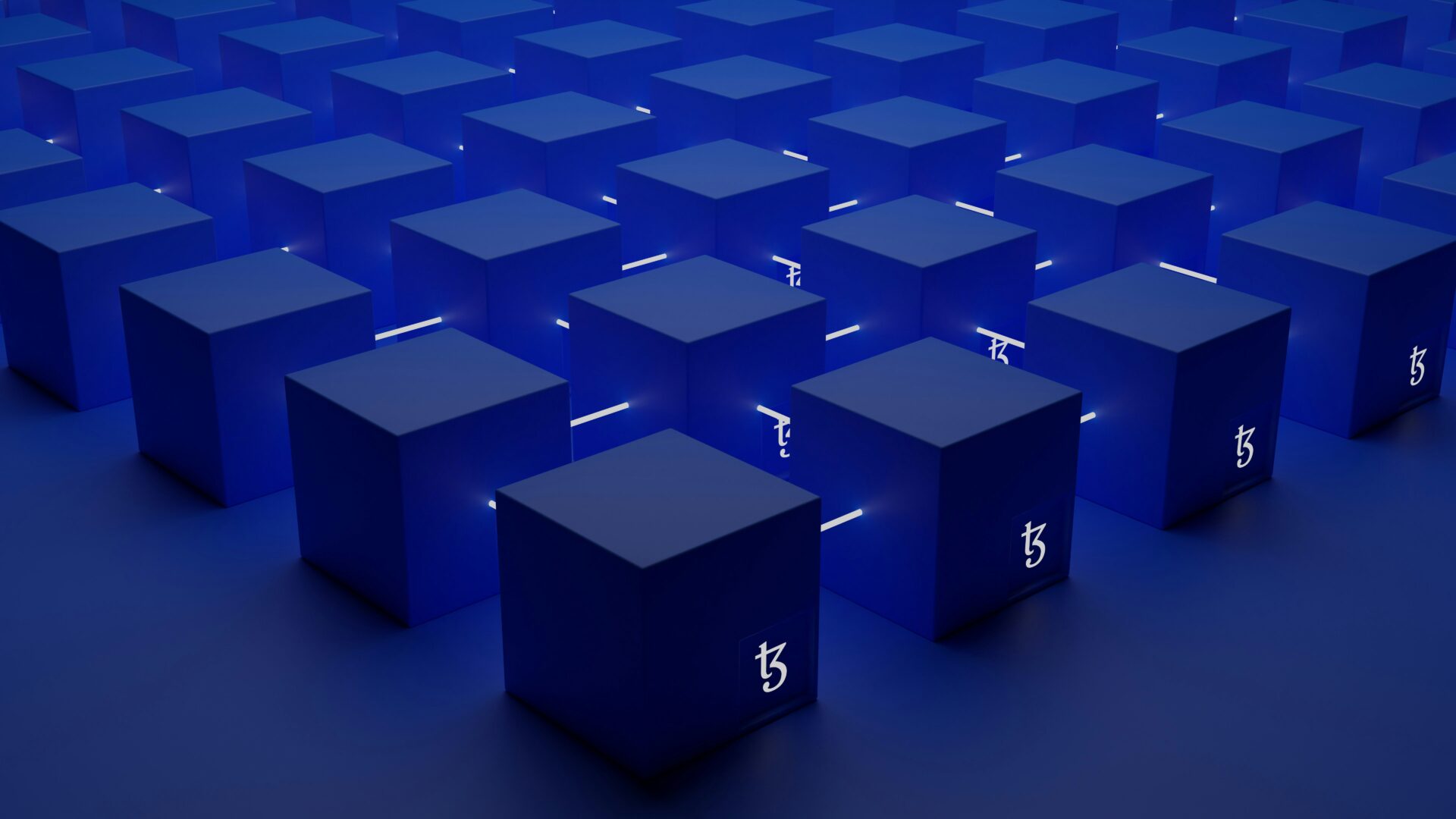In today’s digital age, blockchain technology has emerged as one of the most transformative innovations, promising to revolutionize various industries beyond just cryptocurrencies like Bitcoin. From finance to healthcare to supply chain management, the potential applications of blockchain are vast and far-reaching. However, despite its growing popularity, many people still find the concept of blockchain confusing and complex. This comprehensive guide explores blockchain fundamentals, its principles, and potential future implications in depth.
What is Blockchain Technology?
At its core, blockchain is a decentralized, distributed ledger technology that enables secure and transparent peer-to-peer transactions without the need for intermediaries like banks or governments. In essence, blockchain functions as a chain of blocks, with each block comprising a list of transactions cryptographically linked to the preceding block, thus creating a chronological chain. This decentralized and immutable characteristic guarantees that recorded transactions remain unalterable and tamper-proof, instilling a robust sense of trust and security.
Key Components of Blockchain:
- Decentralization: Unlike traditional centralized systems that store data on a single server or database controlled by a central authority, blockchain functions on a decentralized network of computers (nodes). Each node holds a copy of the blockchain, distributing data and eliminating reliance on a single control point.
- Cryptographic Security: Blockchain relies on cryptographic techniques to secure transactions and ensure data integrity. Every transaction undergoes encryption and is connected to the preceding one through cryptographic hashes. This process renders altering historical records virtually impossible without the consensus of the majority within the network.
- Consensus Mechanisms: To validate and add new transactions to the blockchain, consensus mechanisms are employed to ensure agreement among network participants. Popular consensus algorithms include Proof of Work (PoW), Proof of Stake (PoS), and Delegated Proof of Stake (DPoS).
- Smart Contracts: Smart contracts are self-executing contracts with the terms of the agreement directly written into code. These contracts automatically execute and enforce the terms when predefined conditions are met, eliminating the need for intermediaries and reducing transaction costs.
Applications of Blockchain Technology:
- Cryptocurrencies: Bitcoin, Ethereum, and other cryptocurrencies use blockchain for peer-to-peer transactions. It enables secure, decentralized digital currencies.
- Supply Chain Management: Blockchain tracks goods in supply chains, enhancing transparency and reducing fraud and counterfeit products.
- Financial Services: Blockchain can disrupt finance by enabling faster cross-border payments, streamlining securities trading, and facilitating peer-to-peer lending without intermediaries.
- Healthcare: Blockchain can improve data interoperability, security, and privacy in healthcare by providing a tamper-proof record of patient data, enabling secure sharing of medical records between healthcare providers and patients.
Conclusion:
As blockchain technology continues to evolve and mature, its potential to transform various industries is becoming increasingly apparent.
Blockchain offers a decentralized, secure, transparent platform for transactions. It can revolutionize business, value exchange, and digital asset interaction.
Understanding blockchain technology is essential for anyone looking to navigate the rapidly changing landscape of the digital economy. Whether you’re a business owner or an individual interested in finance and technology, understanding blockchain is crucial. It unlocks vast potential.
For further reading and resources on blockchain technology, I recommend visiting reputable websites such as:
